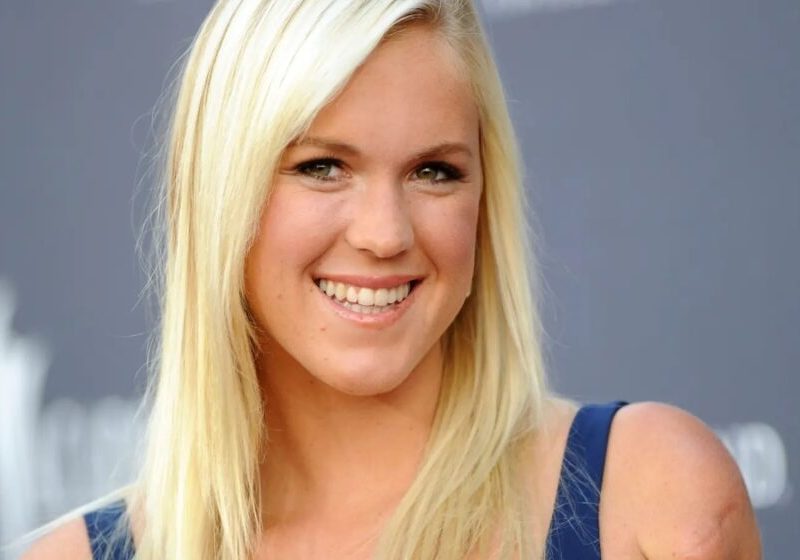Walk through any fashion magazine or scroll through Instagram, and you’ll notice a predominant body type celebrated as attractive. This cultural emphasis on slim figures has shaped romantic preferences for generations, but why does this particular ideal hold such sway over male attraction?

Scientists point to biological factors that may explain the appeal. Symmetry and proportion – often more visible in leaner body types – trigger instinctive responses in our brains that we interpret as beauty. Evolutionary psychologists suggest these features signaled reproductive fitness to our ancestors, creating hardwired preferences that persist today.

Social conditioning reinforces these natural inclinations. From Disney princesses to Hollywood starlets, the media consistently presents slender women as romantic ideals. This constant exposure creates powerful associations between thinness and desirability that influence attraction on both conscious and subconscious levels.

Interestingly, class perceptions also factor into this preference. Historically, carrying extra weight signified wealth in food-scarce societies, while slimness suggested poverty. Today, that dynamic has flipped – maintaining a thin physique often implies access to healthy foods, gym memberships, and leisure time for exercise, making it a modern status symbol.

However, the dating landscape is evolving. Body positivity movements and inclusive representation are challenging these longstanding norms, helping people recognize beauty beyond size. While physical attraction serves as an initial spark, lasting relationships ignite through personality, intelligence, humor, and emotional connection – qualities that have nothing to do with measurements.


